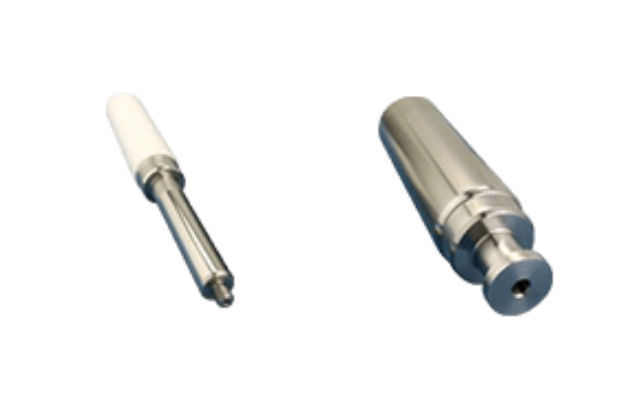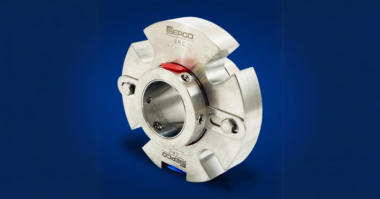Contributor: Sam Kelton
Industrial applications that require high-pressure system components often rely on plunger pumps for successful operation. These pumps see frequent use in process technology and cleaning applications.
A plunger pump can convey any liquid media—water, oils, and liquid gases are moved easily by these systems. They’re ideal for a wide range of industries and applications because of their ability to stand up to most abrasion.
What Is a Reciprocating Plunger Pump?
Plunger pumps are positive displacement devices ideal for pumping a range of liquids—even liquids with high levels of solid content.
They consist of a cylindrical chamber that houses a plunger, and they incorporate valves to regulate the flow of fluid as well as extension rods that allow the plunger to move within the chamber.
Many plunger pumps are constructed using various materials. The material used to create the plunger itself depends heavily upon its intended use.
Ceramic plungers are preferred for abrasive slurries and fluids, and other plungers are coated with metal to work better in applications that require high strength.
How Does a Reciprocating Plunger Pump Work?
Most reciprocating plunger pumps use a crankshaft to move the plunger back & forth during the pumping process.
The plunger in a plunger pump will not reach the cylinder wall during operation. There are no exterior seals to close with the cylinder wall because plunger pumps operate according to the displacement principle. A fixed seal is provided around the plunger and/or extension rod by the plunger packing and contained by the stuffing box.
A plunger is used from the liquid end of the system to create a suction effect. This effect opens the suction valve and allows the medium to flow into the liquid end of the system. After this, the plunger moves forward.
This process displaces the available volume within the system, which increases the pressure of the fluid being pumped.
The discharge valve opens after the suction valve closes, which thus opens a path to the process area. This is where pressurized fluid ends up.
In applications involving more than one plunger, operators can manipulate the crankshaft’s angular position to ensure that pressure peaks within the system are staggered and even.
Plungers for Reciprocating Plunger Pumps at Triangle Pump Components
Triangle Pump Components Inc. (TPCI) offers a variety of plungers designed for use in reciprocating plunger pumps.
Those in need of durable, efficient plungers will benefit greatly from our ceramic offerings. Metal-coated plungers are also available for applications that require high strength.
Those looking to select between ceramic and metal plungers should keep the following in mind:
Ceramic plungers are ideal for applications requiring:
- Resistance to salt water, oil, and some chemicals
- Durability, low density, low weight, and minimal maintenance
- Work within the medical, petrochemical, or food and beverage industries
Metal plungers are ideal for applications requiring:
- Resistance to abrasion, vibration, thermal shock, and impact
- Affordability, customizability, and high mechanical strength
- Work within the chemical, mining, nuclear, or oil and gas industries
No matter your application, we can help you find a product that will stand the test of time and get the job done.
If you would like to learn more about the products and services TPCI offers, contact us and request a quote today.





Comments